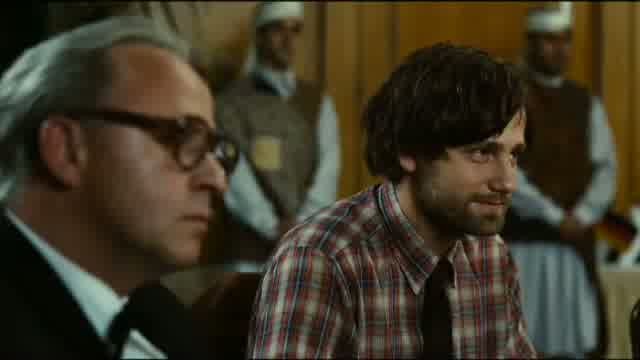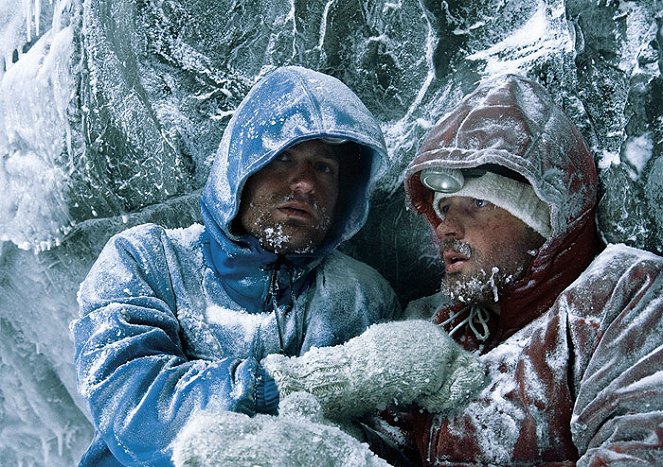Ohjaus:
Joseph VilsmaierKäsikirjoitus:
Reinhard KloossSävellys:
Gustavo SantaolallaNäyttelijät:
Florian Stetter, Andreas Tobias, Karl Markovics, Sebastian Bezzel, Volker Bruch, Matthias Habich, Jule Ronstedt, Lena Stolze, Alexander Held (lisää)Suoratoistopalvelut (1)
Juonikuvaukset(1)
Unelma päästä jonain päivänä kiipeämään Nanga Parbatin huipulle, Himalajalla. Vuonna 1970 he pääsevät tri Karl Herrligkofferin johtaman kansainvälisen retkikunnan mukaan yrittämään huipun valloitusta. Reitti huipulle kulkee pitkin Rupalin seinämää, joka on jyrkimmistä seinämistä korkein maan päällä. Sääolosuhteiden heikentyessä Reinhold päättää pyrkiä huipulle yksin. Päättäväinen, mutta huomattavasti kokemattomampi Günther lähtee kuitenkin hänen peräänsä. Güntherin sairastuessa vuoristotautiin alkaa taistelu henkiinjäämisestä... (SF Film Fin.)
(lisää)Videot (5)
Arvostelut (2)
The fact that Nanga Parbat would not be an easy mountain to climb was clear to me already as I waited and stared at the commercials. Otherwise, they wouldn’t have made this story of two brothers climbing it. Still, when I watched the film, I couldn’t believe how difficult and demanding it must have been. The creators did a great job here, as did the actors. The shots of the Himalayas were also absolutely fantastic, and if it weren’t for the unnecessary rawness at the expense of emotions, I would have given it five stars. As it is, the movie looks like something made by Werner Herzog. Brutally evocative, calculating and cruel.
()
Don’t expect a spectacular Himalayan adventure. Nanga Parbat is closer to the films of Werner Herzog than to its German competitor Nordwand, which enraptures masses of viewers and makes them cry. Joseph Vilsmaier does not follow the path of epic storytelling; rather, he tells his story in short segments and doesn’t get too close to his characters. The ascent of the mountain I was most looking forward to is over and done with in twenty minutes, and even then you don’t feel like you’re on the top of an eight-thousand-meter mountain with the characters. The film looks quite like it was made in a studio, as it lacks interaction between the actors (or stuntmen) and the real Nanga Parbat. There is no reason not to think that it was all shot in the Alps. In this respect, the American K2 was more epic, more “Himalayan”. On the other hand, we are watching a true story here (and Reinhold Messner himself participated in its filming), so you don’t need to fear exaggerated heroism, pathos or tearjerker scenes. The film slows down and gains a fatal dimension only in its final third, which depicts the descent from the mountain and the looming tragedy that changed the life of the mountaineering king forever. Only then the film acquires depth, individuality and a powerful atmosphere, with great help from Gustavo Santaolalla’s music.
()



Mainos